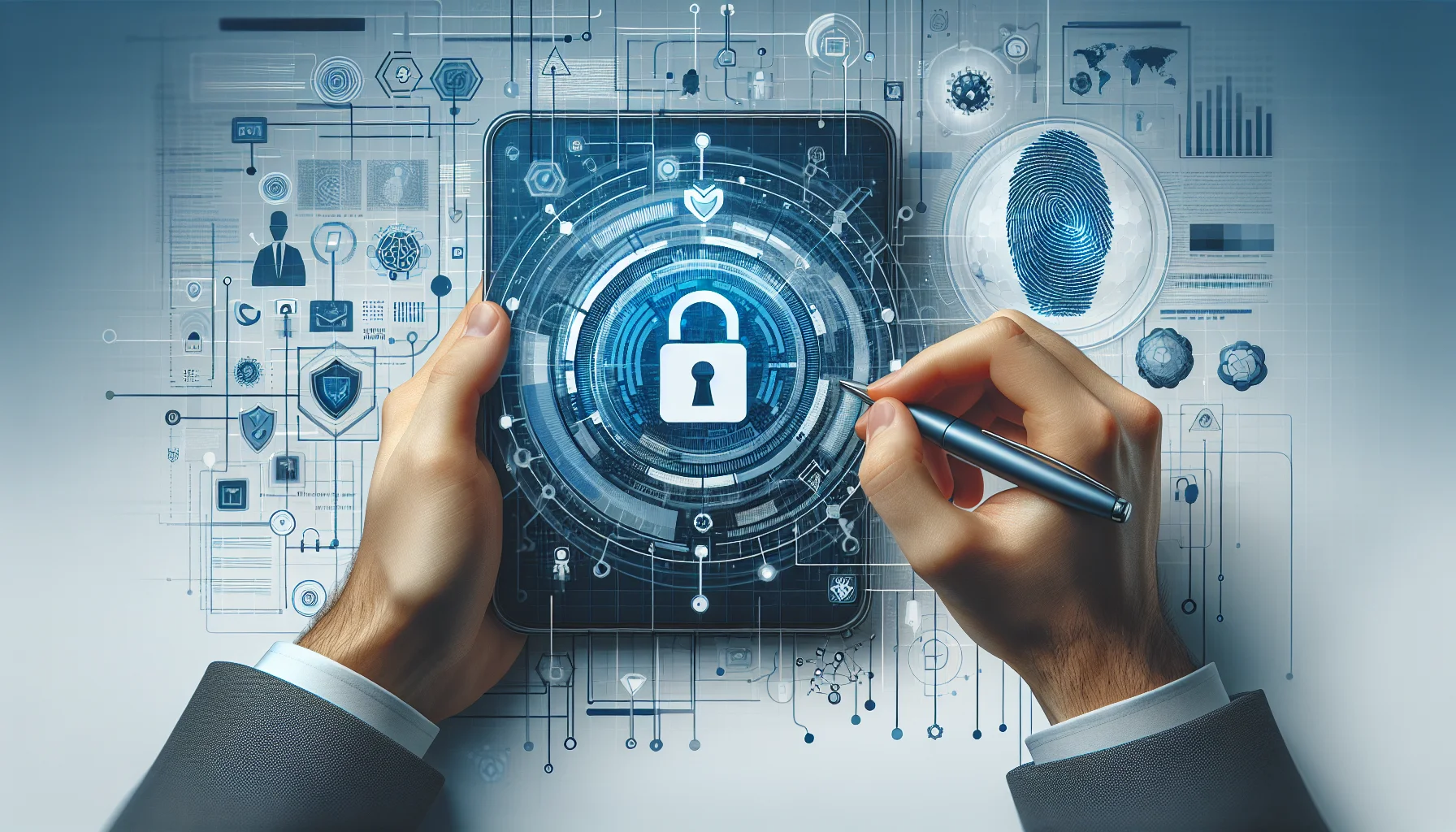The Future of Biometric Security
Exploring the future of biometric security, from facial recognition to fingerprint scanners, and how these technologies are shaping our everyday lives.


The Future of Biometric Security
Understanding Biometric Security
Biometric security is a fancy term for using unique physical characteristics to identify individuals. Think of it as your body's own special password. Instead of typing in a code or using a key, biometric security uses things like your fingerprint, face, or even your voice to confirm your identity. It's like having a super-secure lock on your front door that only opens when it recognizes your face or fingerprint.
Types of Biometric Security
Facial Recognition
Facial recognition is like a digital version of your brain recognizing familiar faces. Imagine walking into a store, and a camera scans your face to confirm it's you. This technology is already used in smartphones to unlock them just by looking at the screen. It's like having a personal bouncer for your phone that only lets you in!
Fingerprint Scanners
Fingerprint scanners work by capturing your unique fingerprint patterns. It's like having a secret handshake with your device. When you place your finger on the scanner, it checks if your fingerprint matches the one stored in its memory. It's as if your phone is saying, 'Only you can unlock me with your special fingerprint.'
Biometric Security in Everyday Life
Unlocking Devices
One common use of biometric security is unlocking devices like smartphones and laptops. Instead of typing in a passcode every time, you can simply use your fingerprint or face to access your device. It's like having your own personal key that's always with you.
Securing Payments
Biometric security is also making its way into payment systems. Imagine going to a store, scanning your fingerprint to confirm your identity, and making a payment without needing a credit card or cash. It's like having a digital wallet that only opens when it recognizes you.
Enhancing Security
Biometric security adds an extra layer of protection to your personal information. It's like having a vault inside a vault – even if someone knows your password, they still need your biometric data to unlock it. This makes it harder for unauthorized users to access your sensitive data.
Tips for Using Biometric Security
-
Keep Your Biometric Data Secure: Treat your biometric data like you would your passwords. Make sure to only use trusted devices and systems that prioritize your privacy.
-
Use Biometric Security Wisely: While convenient, biometric security is not foolproof. Always have backup security measures in place, such as passwords or PINs, to safeguard your information.
-
Stay Informed: As technology evolves, stay updated on how biometric security is being used and any potential risks associated with it. Knowledge is your best defense against cyber threats.
About the Author

Marilyn J. Dudley
Marilyn is a Senior Network Engineer with over 15 years of experience in network infrastructure design and implementation. She holds CCNA and CCNP certifications and specializes in IP addressing, network security, and IPv6 migration strategies. Throughout her career, she has successfully led numerous large-scale network deployments and IPv6 transition projects for Fortune 500 companies. She is currently a dedicated writer for ipaddress.network, sharing her expertise to help organizations build secure and efficient networks.
Last updated: April 14, 2025





